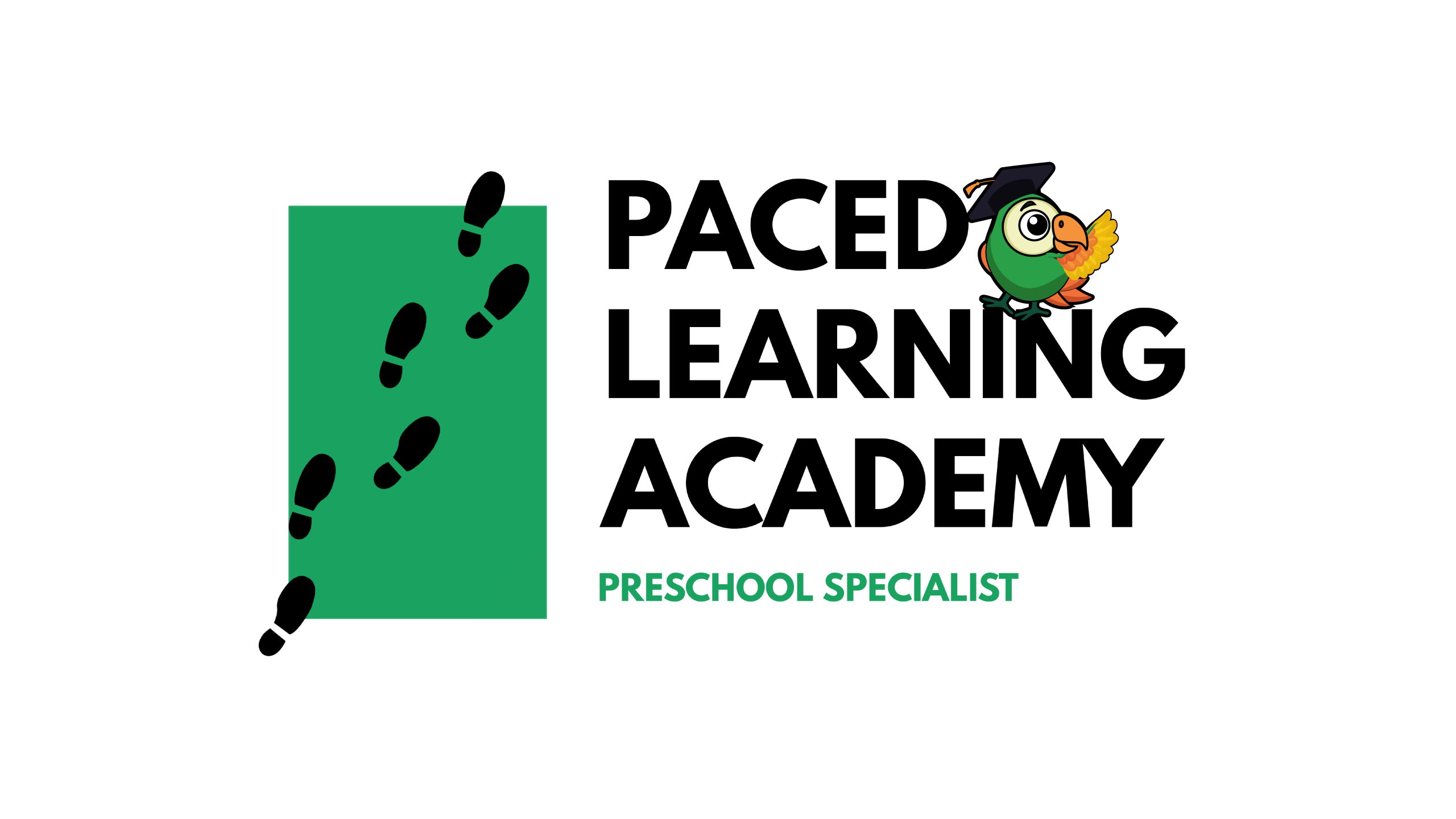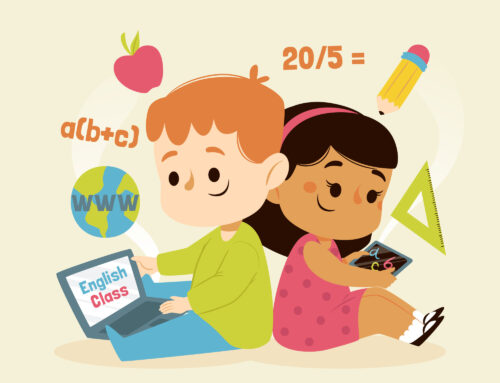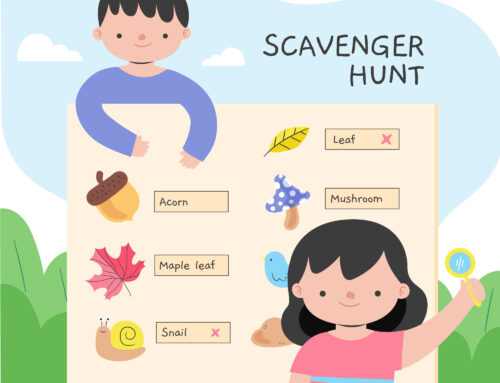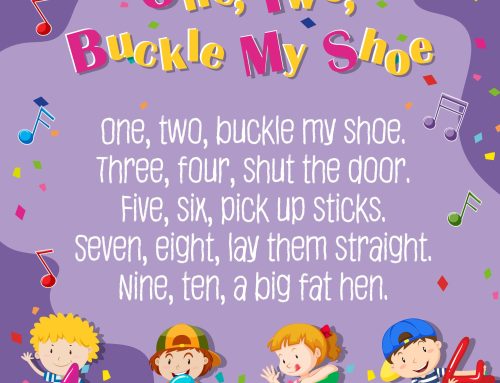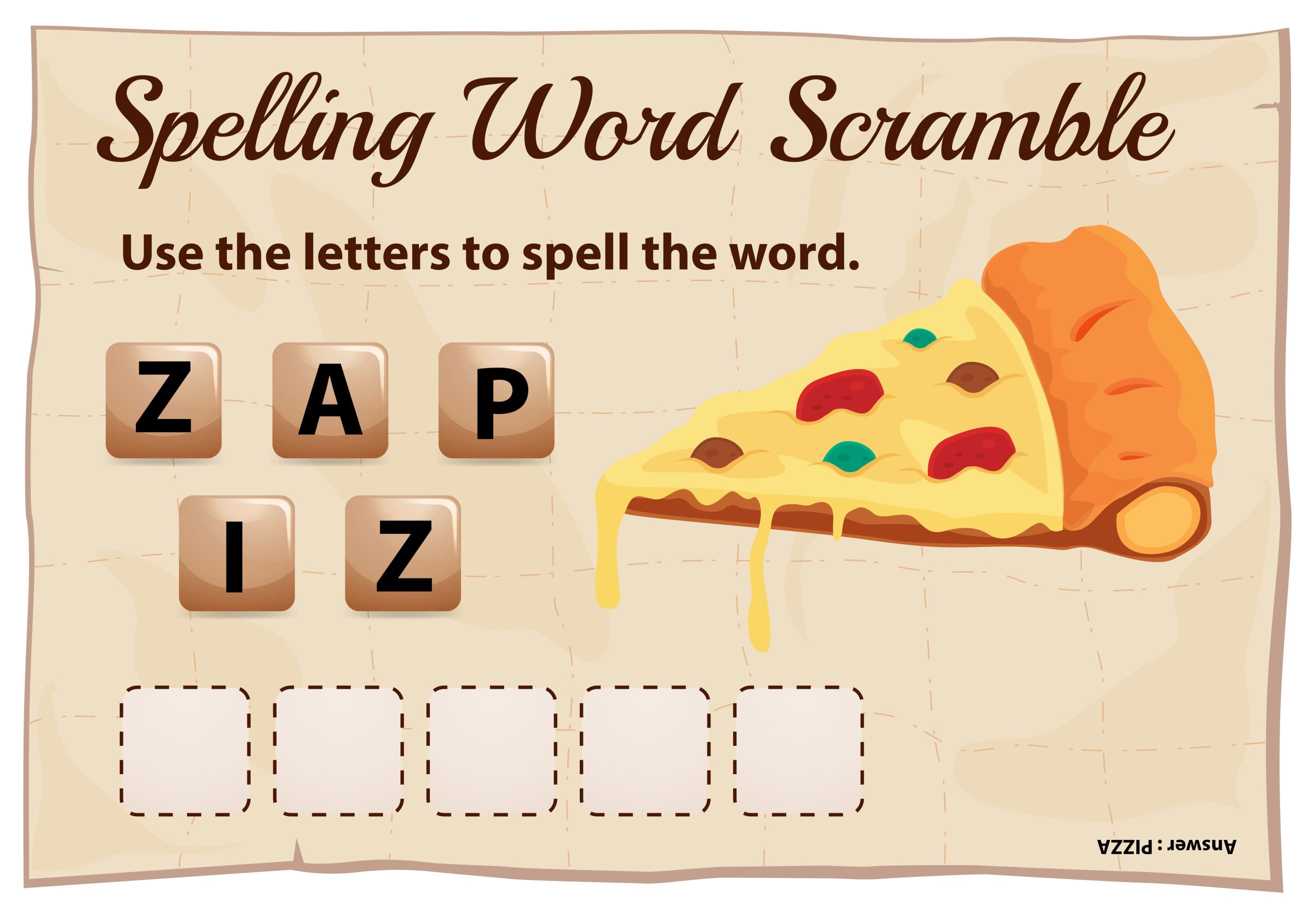
Teaching Digraphs and Blends: How to Help Kids Read More Complex Words
Learning to read is a milestone moment in a child’s educational journey. As children grow beyond basic letter sounds, they begin encountering more complex combinations—namely, digraphs and blends. These phonics elements are essential for reading fluency, spelling, and pronunciation. Helping children master digraphs and blends builds the foundation for reading longer words and developing confident readers.
In this blog post, we’ll explain what digraphs and blends are, why they matter, and how parents can support their child’s progress with engaging strategies and activities. Whether you’re searching for the best phonics classes online or looking for interactive phonics lessons at home, this guide is packed with insights and examples.
What Are Digraphs?
A digraph is a combination of two letters that together make one single sound. The letters work as a team to produce a sound that is different from their individual letter sounds.
Common Consonant Digraphs:
- sh – as in ship, shoe, shark
- ch – as in chat, cheese, chicken
- th – as in this, that, thumb
- wh – as in what, where, whale
- ph – as in phone, photo, dolphin
Vowel Digraphs (also called vowel teams):
- ai – as in rain, train, tail
- ea – as in beach, read, leaf
- oa – as in boat, road, coat
- ee – as in tree, feet, see
🧠 Tip: Point out these digraphs in everyday reading. When reading bedtime stories, ask your child to find and sound out words with digraphs. Over time, they’ll start recognizing them with ease.
What Are Blends?
A blend is when two or more consonants are grouped together, and you can still hear each individual sound. Unlike digraphs, where the letters create a new sound, blends retain the original sounds of the letters involved.
Beginning Blends:
- bl – as in blue, black, block
- cr – as in crab, crack, crop
- fl – as in flag, flip, flower
- st – as in star, stop, stamp
Ending Blends:
- nd – as in hand, sand, bend
- mp – as in lamp, jump, bump
- lt – as in belt, salt, melt
📘 Example of Activity: Create a sorting game with two boxes—one labeled “Digraphs” and the other “Blends.” Write words on cards and have your child sort them into the correct category. It’s an effective and hands-on way to reinforce the concept.
Why Digraphs and Blends Matter in Early Reading
1. Improves Decoding Skills
- When children learn to identify and pronounce digraphs and blends, they can decode unfamiliar words more accurately.
- ✅ Example: Instead of sounding out “sh-i-p” as three separate sounds, they recognize “sh” as one unit and decode it as “ship.”
2. Builds Confidence
- Being able to read more complex words gives children a confidence boost. They’re not just reading short CVC words—they’re tackling bigger vocabulary!
- ✅ Example: Moving from “cat” to “chat,” or “dog” to “drum.”
3. Supports Spelling and Writing
- When children understand sound patterns like “th” or “bl,” they begin applying them in their writing, which improves spelling accuracy.
- ✅ Example: A child who knows the “ph” digraph can spell “photo” correctly instead of writing “foto.”
How to Teach Digraphs and Blends Effectively
Teaching digraphs and blends requires a combination of strategies that engage children both mentally and physically. Here’s how you can incorporate various approaches to make learning these phonics elements effective and enjoyable:
1. Use Visuals and Phonics Charts
- Visual aids can help reinforce the connection between the letters and their sounds. Phonics wall charts, flashcards, and posters are invaluable tools to display common digraphs and blends in a child’s learning space.
- 📌 Example: Create a colorful chart for the child’s room with images representing common digraphs (e.g., “sh” with a picture of a “ship,” “ch” with a “cheese” picture). This reinforces the visual learning of the sound-letter connection. You can also turn it into a game by asking your child to point to the digraph or blend when you say its sound aloud.
2. Interactive Games and Digital Tools
- Using interactive phonics apps or enrolling in online phonics classes can provide an engaging experience that reinforces learning. Many online programs include fun games and challenges that teach digraphs and blends in an interactive way.
- 🎮 Example Game: Try an online “word builder” game where children drag letters together to form blends and digraphs. For instance, they might drag the “s” and “h” to form the “sh” digraph, then add other letters to make words like “ship” or “shark.”
- Bonus Tip: For a more hands-on experience, use apps that combine phonics with animated characters. Some programs encourage children to help characters solve problems by identifying the correct digraph or blend.
3. Incorporate Movement
- Kinesthetic learners benefit from incorporating movement into their phonics lessons. Have your child physically engage with the sounds to make learning more dynamic and memorable.
- 💃 Example: As you say a blend, ask your child to clap their hands or stomp their feet for every letter sound. For example, say “st” and have them clap “s” then clap “t.” You can also encourage them to act out words, like pretending to “jump” for “mp” or “roll” for “fl.”
4. Practice with Decodable Readers
- Decodable books are specially designed to support early readers by using a controlled vocabulary that includes common phonics patterns, including digraphs and blends.
- 📚 Example: Choose books where digraphs and blends are featured prominently, such as “The Cat in the Hat” (for blends like “st” and “sh”). When reading, stop occasionally and point out words with blends or digraphs. Encourage your child to sound them out and blend the sounds together.
- You can also create a library of books that focus on specific digraphs. For example, gather a collection of books where “ch” words appear (like “chip,” “chat,” “chop”) and read them together. Over time, this builds recognition of the digraph and reinforces the decoding process.
5. Enroll in a Structured Phonics Class
- While self-teaching and home activities are essential, enrolling in a structured phonics class offers consistency and a well-structured progression of lessons. Whether you’re looking for an in-person or online phonics class, these programs provide expert guidance tailored to your child’s learning pace.
- 👩🏫 Example: Many best online phonics classes offer interactive exercises, worksheets, and quizzes to track progress. Through these programs, children can practice digraphs and blends through various fun exercises like sorting words, completing word families, or solving puzzles.
Reinforcement Activities You Can Try at Home
At-home reinforcement activities allow children to practice and internalize the phonics patterns they’ve learned. These activities are fun, engaging, and help solidify their understanding of digraphs and blends. Here are some detailed activities that can be adapted for both younger and older learners:
1. Sound Hunt
- A “sound hunt” is a simple yet highly effective activity to practice blends and digraphs in a real-world context. It helps reinforce the connection between the letters and sounds in a tangible way.
- 🔎 Example: Walk around your home or even outside and encourage your child to find objects or things that contain specific digraphs or blends. For example, if the focus is on “sh,” have your child point out objects like “shoes,” “shirt,” and “shovel.” If you’re working on blends, look for items like “block” (bl), “flag” (fl), or “stamp” (st).
2. Word Ladder
- A word ladder is a fun game where children change one letter at a time to form a new word, often incorporating a blend or digraph at every step. This activity reinforces word families and makes them aware of the changes in sounds.
- 🔠 Example: Start with a simple word like “cat.” Ask your child to change one letter at a time to form a new word with a different blend or digraph:
“cat” → “chat” (adding “h” as a digraph)
“chat” → “chat” → “chop” (change one letter at a time)
- This not only helps reinforce blends but also shows how changing a single letter creates new words with different meanings.
3. Story Time Focus
- During your usual storytime, pause and turn it into a phonics activity. When you read aloud, look for opportunities to spot and sound out words with blends and digraphs.
- 📖 Example: Read a story like “The Very Hungry Caterpillar,” and ask your child to point out words with blends or digraphs as you go along. For example, when you come across the word “butterfly,” pause and emphasize the “bl” blend sound at the beginning.
- Afterward, ask your child to repeat those words and create their own sentences using those sounds. This reinforces their ability to identify and use digraphs and blends in context.
4. Phonics Bingo
- Bingo games can turn phonics practice into a competitive and fun activity. To create a phonics bingo game, write words containing digraphs or blends in each square.
- 🎲 Example: Use words with digraphs like “chip,” “phone,” “boat,” and “sheep,” or with blends like “block,” “straw,” “clip,” and “bricks.” As you call out each word, children mark off the corresponding box. The winner is the first to get five words in a row.
- To enhance the game, you can offer clues or pictures that correspond to the words for younger children who are still building their reading skills.
5. Write and Illustrate Words
- Writing is an essential part of reinforcing phonics skills. In addition to writing words, children can also illustrate them to deepen their understanding of the word’s meaning.
- ✍️ Example: Ask your child to write words like “fish,” “shout,” or “flag,” and then illustrate each word. This helps them connect the sound with a visual representation and reinforces the meaning of the word.
Final Thoughts
These detailed activities and strategies for teaching digraphs and blends will help your child feel more confident and capable when approaching complex words. With patience, consistency, and the right guidance through structured lessons and interactive tools, children will build a solid phonics foundation that leads to fluent reading and spelling.
Whether you’re enhancing your child’s skills at home with these fun activities or seeking professional support, the key is to keep the learning enjoyable and engaging. By incorporating different learning styles—visual, auditory, and kinesthetic—you’ll support your child in mastering digraphs and blends with ease.
Ready to take the next step? Enroll your child in our phonics class in Kovan, Canberra, or online today and give them the tools they need to become confident, skilled readers!

